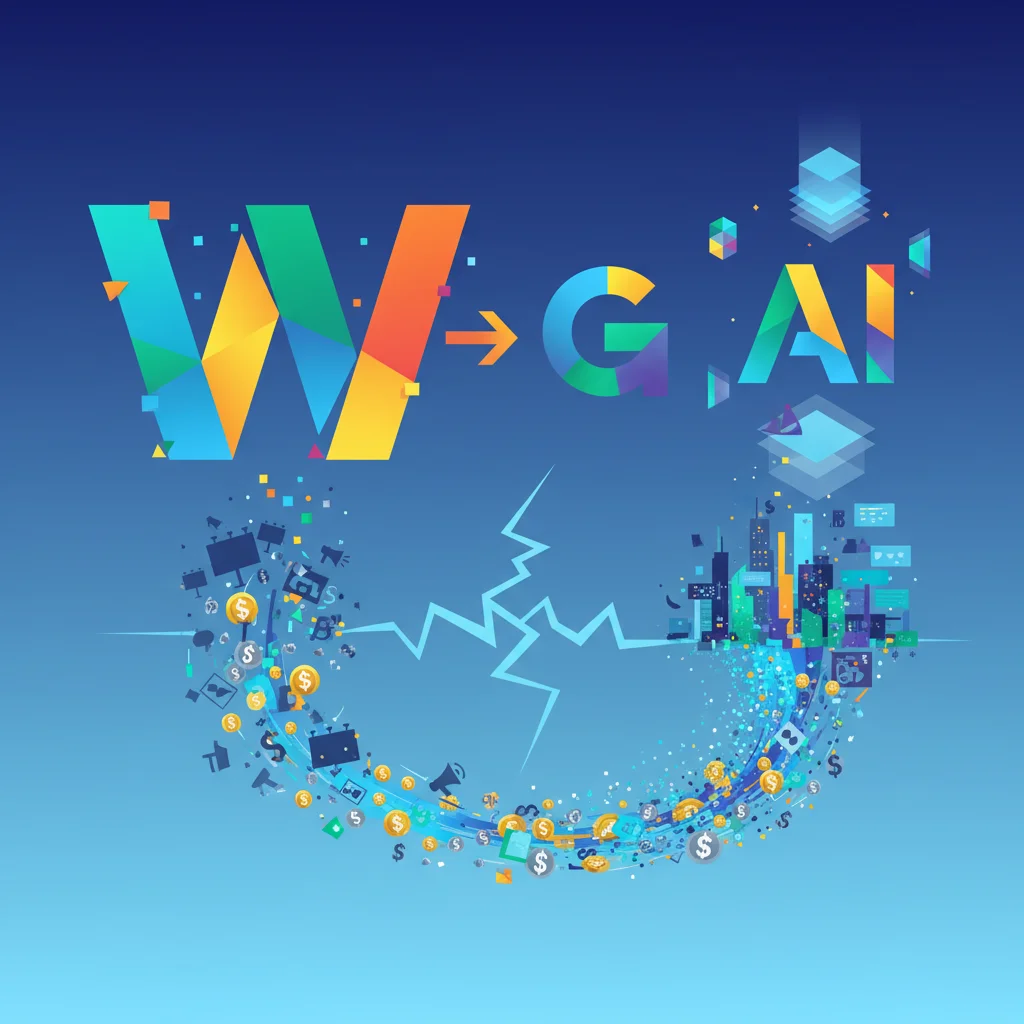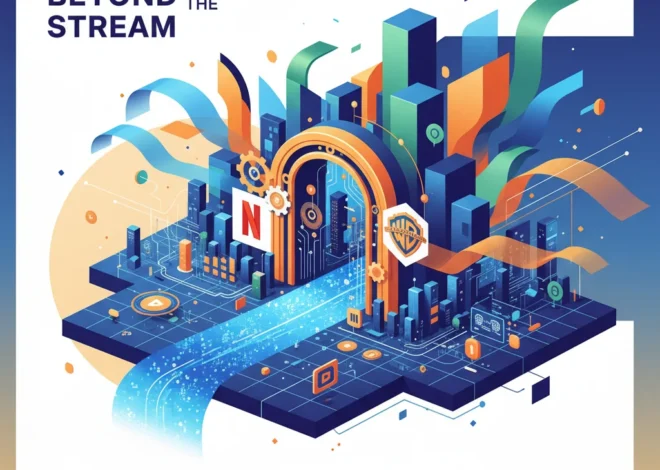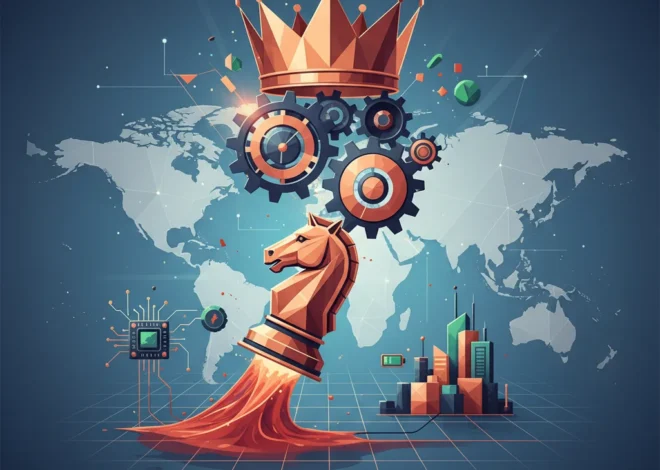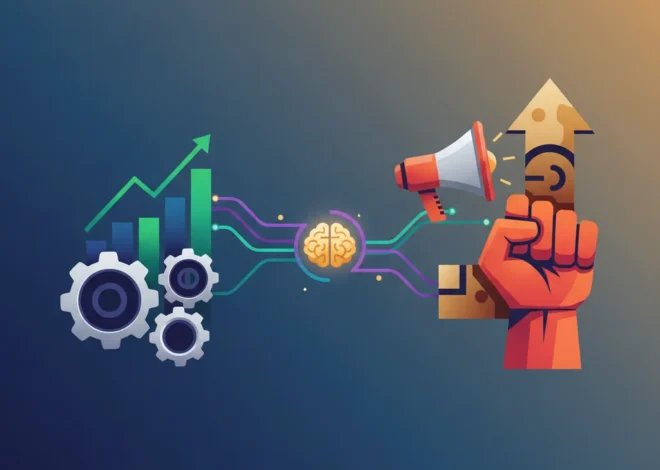
WPP’s $400M Bet on Google AI: Is This the End of Marketing As We Know It?
In the fast-paced world of technology and advertising, standing still is the quickest way to become irrelevant. It seems WPP, one of the world’s largest advertising conglomerates, has taken this mantra to heart. In a move that’s sending shockwaves through the industry, WPP has announced a groundbreaking partnership with Google, committing to a staggering $400 million deal to supercharge its marketing efforts with Google’s cutting-edge artificial intelligence.
This isn’t just another software license agreement. This is a deep, strategic alignment that gives WPP’s vast network of agencies unprecedented access to Google’s most advanced AI models, including the Gemini family and the newly unveiled video generator, Veo. For developers, entrepreneurs, and tech professionals, this partnership is a massive signal: the era of generative AI in enterprise-level marketing isn’t coming; it’s here. Let’s break down what this deal really means and explore its ripple effects across the entire tech and advertising landscape.
The Deal Decoded: More Than Just a Handshake
At its core, this collaboration is about integrating Google’s powerful AI stack directly into WPP’s own proprietary marketing operating system, WPP Open. This move, championed by Cindy Rose in her first major act as WPP’s new UK & Ireland country manager, is designed to revolutionize every stage of the creative and advertising process. The goal? To create campaigns that are not just faster and more efficient, but also smarter and more culturally relevant on a global scale.
So, what exactly does WPP get for its investment? The two crown jewels are undoubtedly Gemini and Veo.
- Google Gemini: This isn’t just one model, but a whole family of multimodal AI systems (Gemini 1.5 Pro, Ultra, Flash, etc.). “Multimodal” is the key term here; it means the AI can understand and process information from text, images, audio, and video simultaneously. For marketing, this is a game-changer. Imagine feeding an AI a product image, a target audience profile, and a brand voice guide, and having it instantly generate dozens of ad copy variations, social media posts, and even strategic insights for different markets. This level of automation and ideation was science fiction just a few years ago.
- Google Veo: If Gemini is the brain, Veo is the production studio. Veo is Google’s answer to OpenAI’s Sora—a generative model capable of creating high-quality, 1080p video clips from simple text prompts. The ability to generate realistic video content on-demand could drastically cut down on production timelines and budgets, which traditionally involve expensive shoots, crews, and post-production work.
This integration of Google’s cloud-based AI tools into WPP’s SaaS platform, WPP Open, signifies a profound shift. It’s about moving from using AI as a point solution to embedding it as the foundational layer of the entire marketing workflow. This deepens the reliance on sophisticated software and fundamentally changes the nature of creative work.
The New Creative Workflow: AI as a Co-Pilot
To truly grasp the impact of this deal, it’s helpful to compare the old way of doing things with the new, AI-powered approach. The efficiency gains and the potential for innovation are staggering.
Here’s a simplified breakdown of how a typical ad campaign’s creative process is being transformed:
| Campaign Stage | Traditional Workflow (Manual & Time-Consuming) | AI-Powered Workflow (WPP + Google) |
|---|---|---|
| Research & Insights | Manual analysis of market reports, focus groups, and survey data. Can take weeks. | Gemini AI analyzes vast datasets in minutes, identifying nuanced trends, cultural insights, and audience sentiment. |
| Ideation & Copywriting | Brainstorming sessions, multiple rounds of manual copy drafting and revisions. | AI generates hundreds of creative concepts, headlines, and body copy variations based on initial prompts, which humans then refine and select. |
| Visuals & Storyboarding | Stock photos, graphic designers creating assets from scratch, lengthy storyboarding process for video. | Generative AI creates unique images and initial video storyboards (via Veo) based on text descriptions, accelerating the visualization process. |
| Video Production | Complex logistics: location scouting, filming, hiring actors, extensive post-production. High cost and long lead times. | Veo generates short-form video ads and B-roll footage, drastically reducing the need for physical shoots for certain types of content. |
| Personalization & Localization | Manually adapting a core campaign for different regions, languages, and demographics. Often results in generic translations. | AI automatically adapts creative assets with culturally-aware nuances for dozens of markets simultaneously, ensuring brand consistency with local relevance. |
The Strategic Imperative: Why WPP Needed This Deal
This $400 million commitment isn’t just about getting access to shiny new toys. It’s a strategic necessity. The advertising industry is being squeezed from all sides. Consultancies like Accenture and Deloitte have encroached on their turf, clients are demanding more for less, and the digital landscape is fragmenting at an incredible pace. WPP’s leadership knows that the only way to thrive is to lead the technological charge.
By integrating Google’s AI, WPP aims to build a moat around its business. The deal offers several key advantages:
- Unmatched Speed: The ability to move from brief to campaign execution in a fraction of the traditional time is a powerful selling point for clients.
- Hyper-Personalization at Scale: Generative AI allows for the creation of thousands of ad variants tailored to specific audience segments, something that was previously cost-prohibitive. This is a direct application of advanced machine learning.
- Enhanced Creativity: The narrative here is that AI won’t replace human creatives but will augment them. By handling the repetitive, time-consuming tasks, AI frees up strategists and artists to focus on high-level concepts and storytelling. This requires a new blend of creative and programming skills.
- Data-Driven Insights: The WPP Open platform, now powered by Gemini, can deliver deeper, more predictive insights from client data, leading to more effective campaigns and a stronger ROI.
This partnership is a clear signal that the future of marketing is not about man vs. machine, but man *with* machine. It’s about building a symbiotic relationship where human ingenuity guides the immense computational power of artificial intelligence.
The Ripple Effect: What This Means for You
A deal of this magnitude doesn’t happen in a vacuum. Its effects will be felt far beyond the boardrooms of WPP and Google.
- For the Ad Industry: The gauntlet has been thrown down. Competitors like Omnicom, Publicis, and Interpublic Group will be forced to accelerate their own AI partnerships and investments to keep pace. This escalates the AI arms race in advertising, making deep tech integrations the new standard for major holding companies.
- For Developers & Tech Professionals: The demand for talent that can bridge the gap between creative marketing and AI engineering is about to explode. Professionals with skills in AI, machine learning, data science, and API integration will be highly sought after in the marketing and advertising sectors. Understanding the practical application of these technologies is now as important as understanding the code itself.
- For Entrepreneurs & Startups: This mega-deal might seem intimidating, but it also validates the market for AI in marketing. While competing head-on with a WPP-Google alliance is tough, it creates opportunities for niche startups. Entrepreneurs can focus on building specialized AI tools that solve specific problems the giants might overlook—like AI for brand safety, advanced sentiment analysis for niche industries, or tools that work across multiple cloud platforms.
The Road Ahead: Navigating Challenges and Opportunities
Of course, the path forward is not without its obstacles. WPP and its clients will need to navigate the ethical minefield of AI-generated content, including issues of copyright, bias in algorithms, and the potential for creating “deepfake” advertisements. Ensuring robust cybersecurity to protect client data within this new, complex ecosystem will be paramount.
There’s also the human element. Agencies will need to invest heavily in retraining their workforce, shifting the focus from manual execution to strategic oversight of AI tools. The role of the creative director, the copywriter, and the video producer will evolve dramatically.
Ultimately, the WPP-Google partnership is a defining moment for the marketing industry. It’s a bold declaration that the future of creating, targeting, and delivering advertising will be driven by the sophisticated interplay of human creativity and powerful artificial intelligence. This isn’t just an upgrade; it’s a complete system overhaul. The race is on, and those who fail to adapt will be left behind in a cloud of AI-generated dust.


